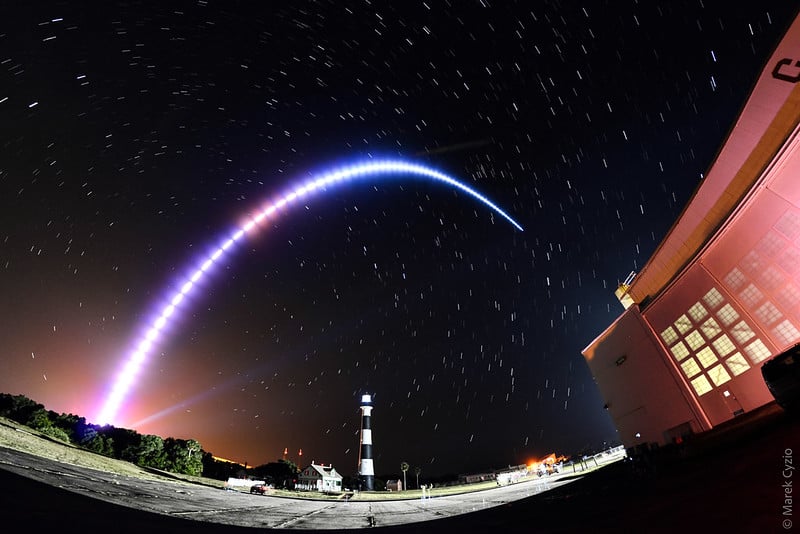
A new rocket built with mostly 3D-printed components and fueled by liquid natural gas, known as the Terran 1, had its maiden flight on Wednesday night.
However, a second-stage malfunction prevented it from reaching orbit, leading to disappointment for Relativity Space, a California start-up seeking to establish itself in the emerging commercial launch market.
Terran 1 Rocket
The Terran 1 rocket stands 110 feet tall and is powered by Relativity-developed Aeon 1 engines, which generate a combined 207,000 pounds of thrust. The Terran 1 rocket has a stated price of $12 million and has the capability to launch payloads into low-Earth orbit that weigh up to 2,755 pounds in total.
Relativity was responsible for the 3D printing of approximately 85 percent of the launcher. This percentage includes the launcher’s propellant tanks, bulkheads, and major engine components.
It launched from Pad 16 at the Cape Canaveral Space Force Station at 11:25 pm EDT, climbing straight up before arcing away to the east over the Atlantic Ocean.
After two previous attempts on March 8 and 11, both of which were called off due to a variety of problems, including flight software, this launch finally succeeded.
The launch that was scheduled to take place on Wednesday (March 22, 2023) had its countdown delayed because the winds aloft were stronger than what was permissible, and a boat had wandered into the off-shore danger zone.
First Light Launch Event
Terran 1 did not have any client payloads aboard for its first flight, nor did it have the nose fairing that is often used to shield satellites from the damaging effects of the ascent out of the lower atmosphere.
According to a tweet that was sent out by Relativity before the initial launch attempt, the purpose of the test flight was to demonstrate that 3D-printed structures are capable of withstanding the forces exerted by flight.
Today’s launch proved Relativity’s 3D-printed rocket technologies that will enable our next vehicle, Terran R. We successfully made it through Max-Q, the highest stress state on our printed structures. This is the biggest proof point for our novel additive manufacturing approach.… pic.twitter.com/9iaFVwYoqe
— Relativity Space (@relativityspace) March 23, 2023
The rocket’s first stage accomplished it by combusting liquid natural gas, also known as methane, with liquid oxygen. As a result, the rocket was able to safely accelerate past the area of highest aerodynamic stress.
Goals Met For the Initial Launch
In spite of the setback, observers have acknowledged that the rocket greatly met important goals for its initial launch. These objectives included obtaining data at max Q, which is one of the most demanding stages of flight, and successfully accomplishing stage separation.
Before the launch, Josh Brost, vice president at Relativity, said to Spaceflight Now that in the history of new companies, none of them had ever had their liquid rocket successfully reach space on their very first try.
What the Future Holds For Terran Series
The Terran 1 rocket is the most recent of a growing series of rockets intended to lift relatively tiny satellites to orbit. Without rockets like the Terran 1, these spacecraft would have to wait for rides as secondary payloads on bigger rockets.
In addition, Relativity is working on a rocket called the Terran R, which will compete with other rockets in the medium-class category, such as SpaceX’s Falcon 9. The Terran R will be much bigger, more powerful, and totally reusable. If it is flown in the expendable mode, the Terran R will be able to boost considerably more weight into low-Earth orbit than that.
See all the latest news from Greece and the world at Greekreporter.com. Contact our newsroom to report an update or send your story, photos and videos. Follow GR on Google News and subscribe here to our daily email!



